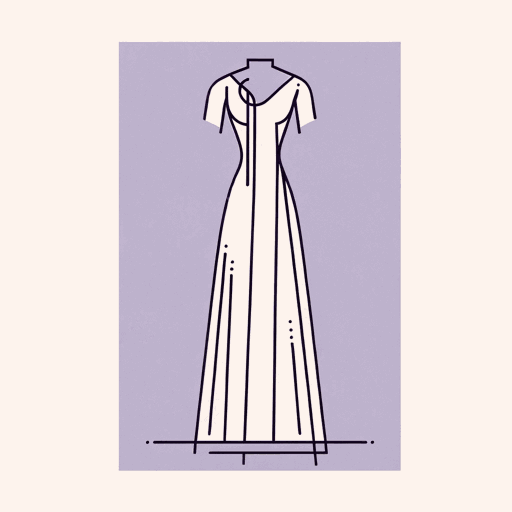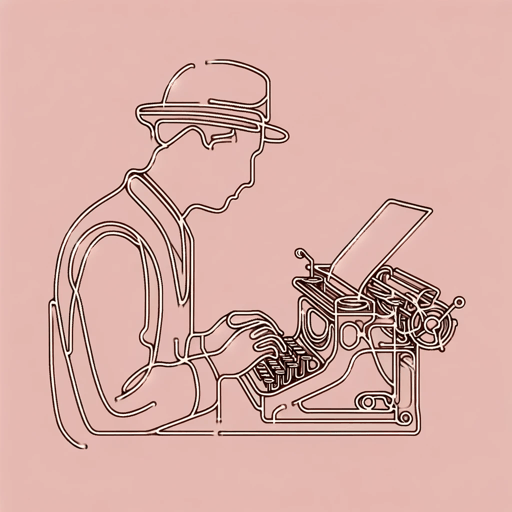21 pages • 42 minutes read
Gertrude SteinA Carafe, that is a Blind Glass
Fiction | Poem | Adult | Published in 1914A modern alternative to SparkNotes and CliffsNotes, SuperSummary offers high-quality Study Guides with detailed chapter summaries and analysis of major themes, characters, and more.
Background
Literary Context
Like much of Gertrude Stein’s work, her poem “A carafe, that is a blind a glass” is an example of Modernism, which was a literary movement that began around the turn of the 20th-century. Modernist writers rejected objective reality. For them, each person determined what was real and true—it wasn't a product of the majority or consensus. In a sense, the individual created their reality. Through their thoughts, perceptions, feelings, and emotions, people developed and discerned the world. The focus on the individual and the rejection of coherent reality manifests in Modernism’s preoccupation with fragmentation and stream of consciousness. The world was splintered, and the conscience had to confront and deal with the fractured landscape. Works like Ezra Pound’s two-line poem “In a Station of the Metro” (1913), T. S. Eliot’s long poem The Waste Land (1922), Virginia Woolf’s book-length essay A Room of One’s Own (1929), and Stein’s poem “A carafe, this is a blind glass” demonstrate the centrality of brokenness and awareness. In Stein’s poem, she breaks the carafe into puzzling descriptions that highlight how the speaker experiences the reality of the object. Of course, in the
Related Titles
By Gertrude Stein






